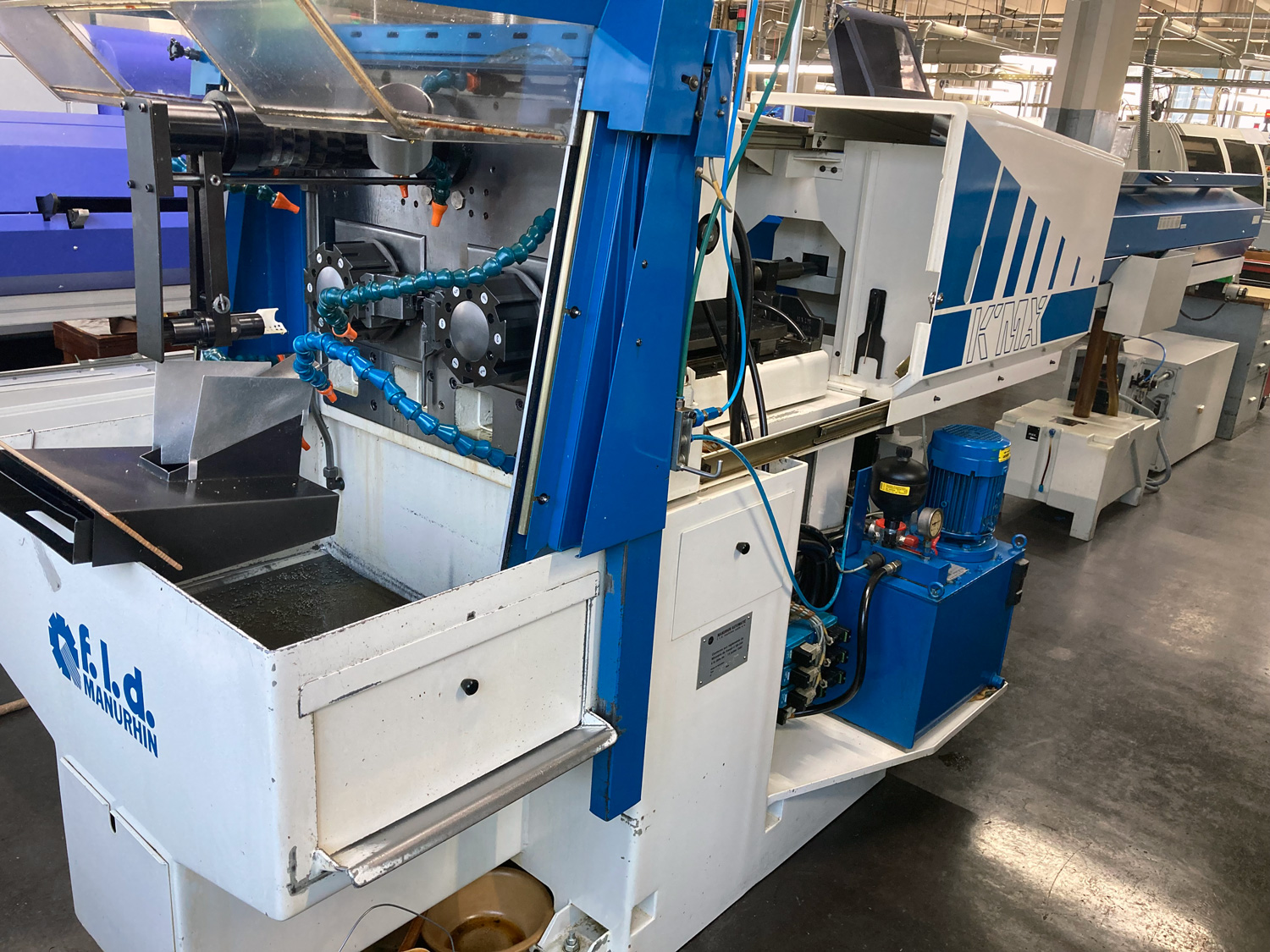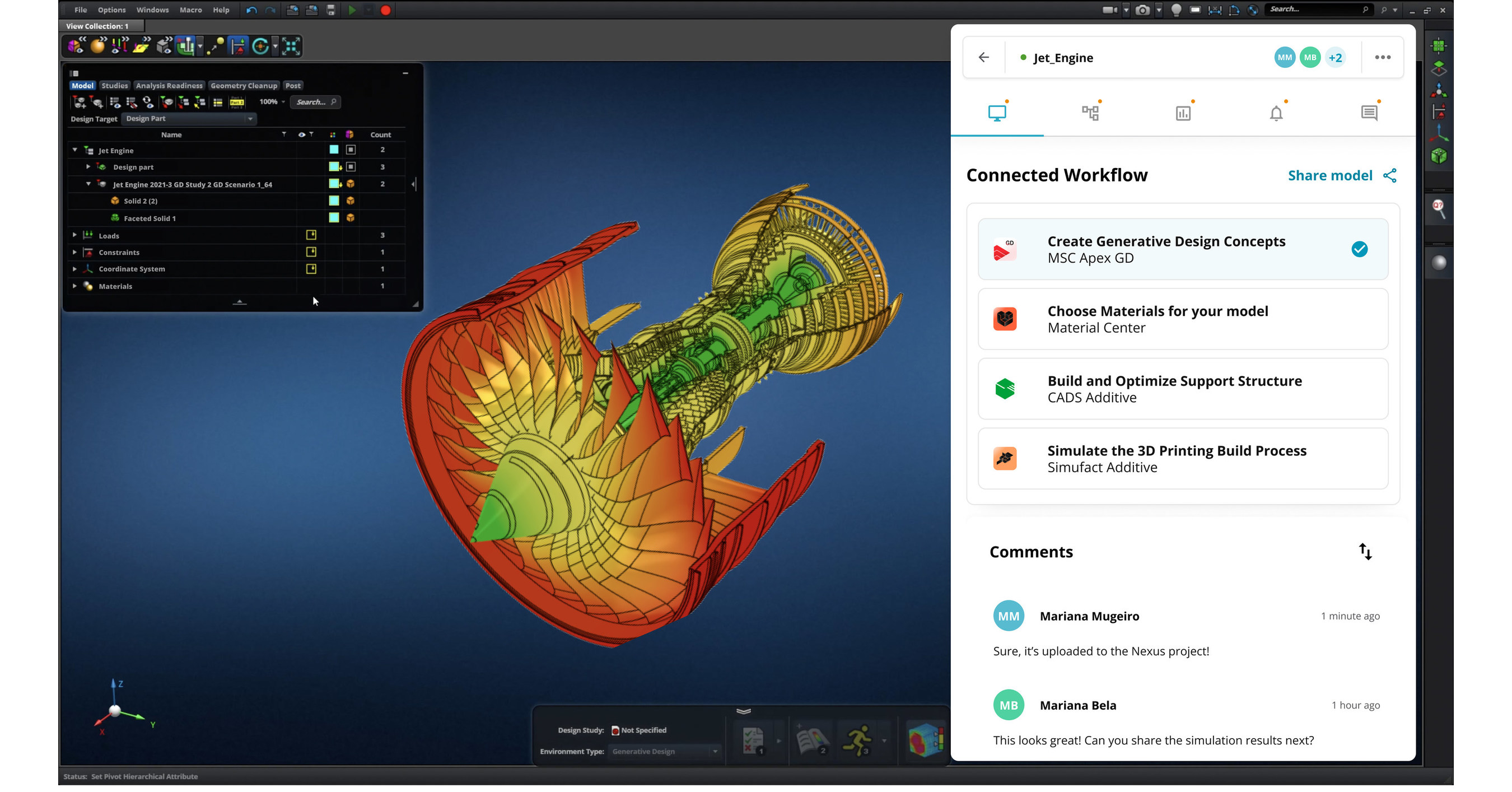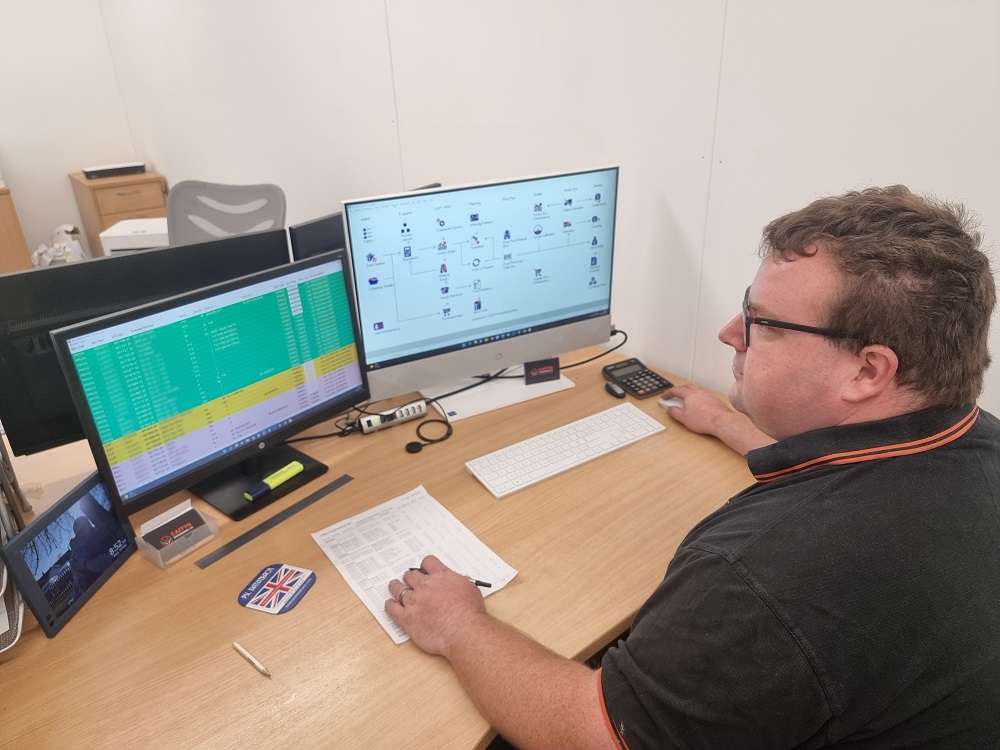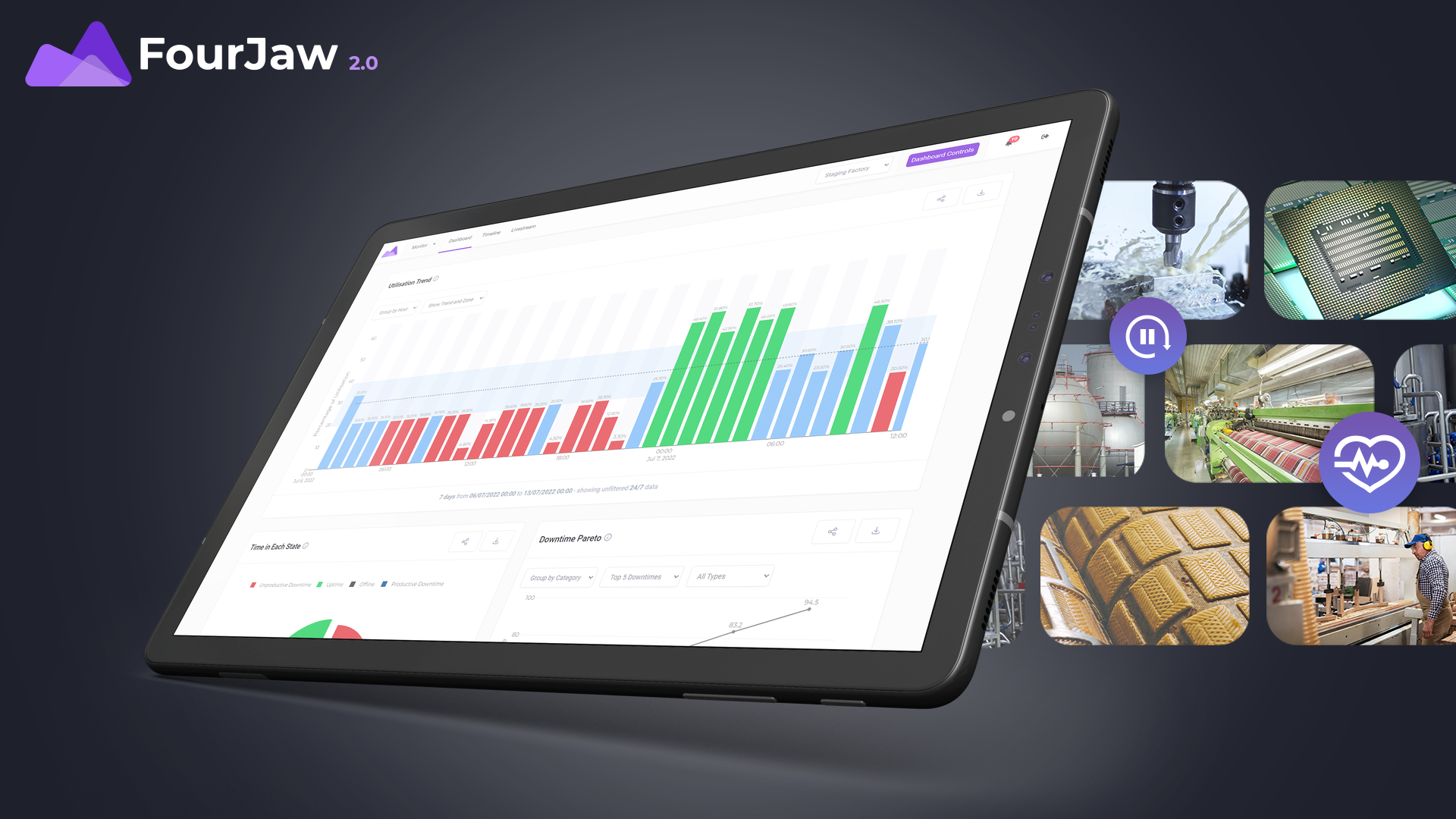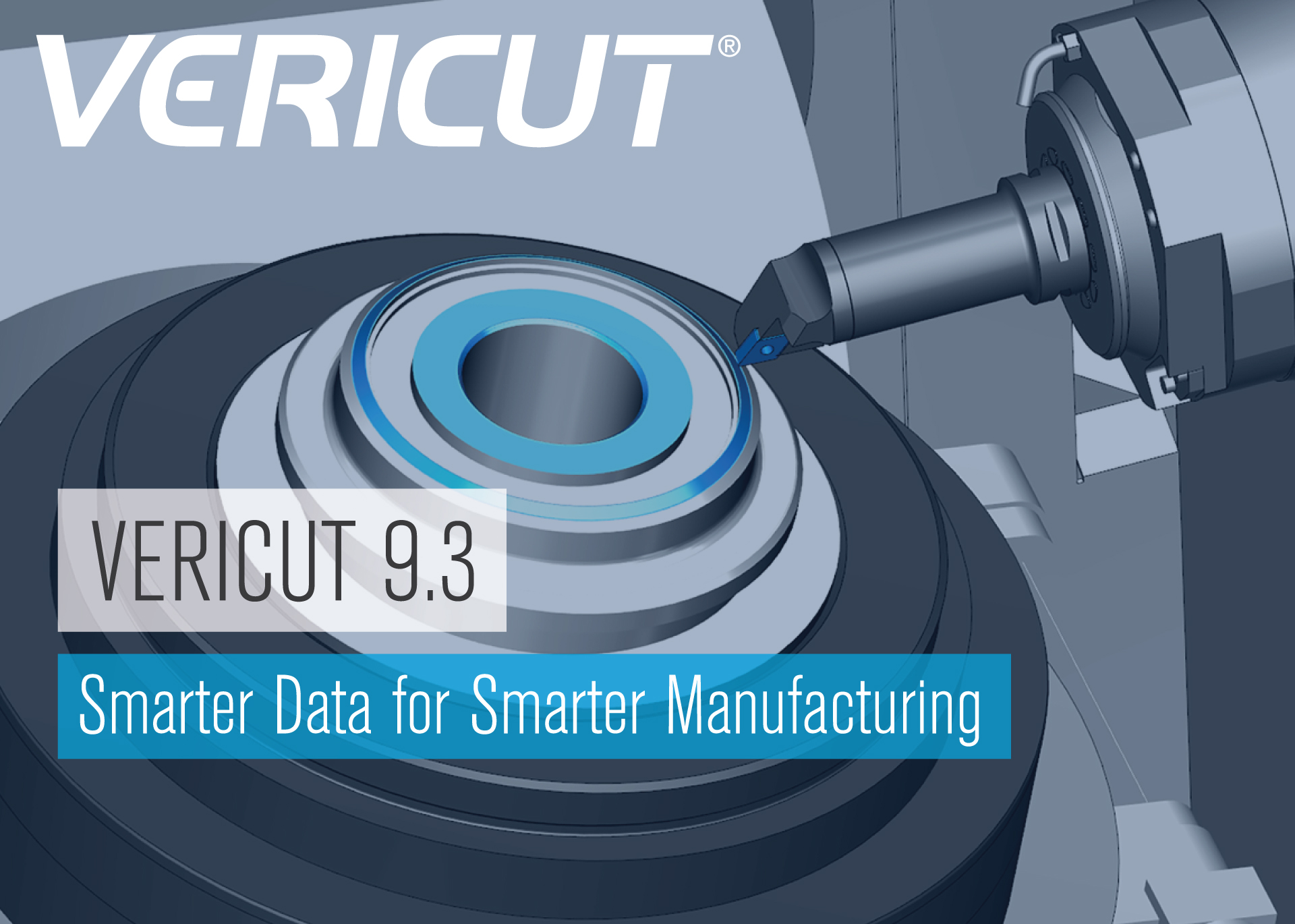NUM service staff at the Holzmaden, Germany subsidiary recently brought two machines that were over 30 years old back into operation after a long downtime. Before NUM received a service request, the customer had tirelessly swapped components back and forth, unfortunately without success. This made troubleshooting a little more difficult, but NUM’s service staff eventually managed to get both machines back up and running trouble-free.
Both machines are Manurhin KMX CNC Swiss-type lathes. One machine was built in 1990 and had been out of service for three years; the other machine was built in 1992 and had been out of service for three months.
The machines are equipped with the NUM 760 control system from 1987 and were brought back into operation with this same type of control, using spare parts such as a processor card, power supply and new monitor for the control panel. The technical know-how of NUM service staff and the fact that the subsidiary had its own spare parts warehouse helped to repair the equipment quickly.
Decisions for a system and solution from NUM represents a long-term investment. The company sees itself as a partner, all the way from the initial idea, through its realisation to on-site customer service.
NUM says it focuses less on the industry standard and more on individual customer needs. Machine manufacturers and end users alike can make use of the company’s service. In order to keep machine downtime as short as possible in the event of an axis motor failure, NUM’s service team usually offers production of new motors within 48 hours. Customers receive even more security with a service contract, which guarantees the availability of parts at NUM subsidiaries.
For further information www.num.com






